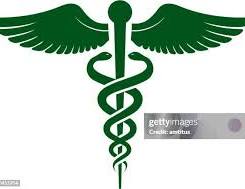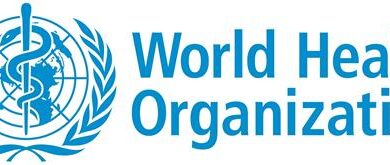WHO steps up action to improve food safety and protect people from disease

New handbook helps countries assess causes, magnitude and distribution of foodborne diseases
Every year 600 million cases of foodborne illnesses are reported. In 2010, 420 000 people died due to such diseases as salmonella and E.coli infection, a third of them children under five years of age. It is estimated that this figure is increasing year after year, but it is difficult to get a clear picture of the real impact foodborne diseases are having around the world.
To address this problem the World Health Organization has developed a handbook to help countries measure their foodborne disease burden and identify food safety system needs and data gaps so they can strengthen national infrastructure and better protect people’s health.
“Food should sustain and support human health, not harm it,” said WHO Director-General Dr Tedros Adhanom Ghebreyesus. “WHO’s new handbook will help countries to collect and analyze data to inform sustained investments in food safety. The COVID-19 pandemic has demonstrated the intimate links between the health of humans, animals and the planet that sustains us. WHO will continue to work with partners with a One Health approach to keep communities safe from foodborne disease.”
In 2020, the World Health Assembly adopted a new resolution mandating WHO to monitor the global burden of foodborne and zoonotic diseases at national, regional and international levels and to report on the global burden of foodborne diseases with up-to-date estimates of global foodborne disease incidence, mortality and disease burden by 2025.
The Organization is reconvening its foodborne disease burden epidemiology reference group (WHO FERG) with 26 new international experts. The group’s main functions are to advise WHO on methodologies to estimate the global burden of foodborne diseases, to monitor global food safety indicators and measure progress being made in food safety.
There are over 250 different food hazards that cause various health issues such as acute or long-term illness or even death. In 2015, the previous FERG helped WHO publish a historic report that revealed, for the first time ever, the global public health burden of foodborne diseases based on 31 foodborne hazards[1]. The report showcased the massive health impact of unsafe food and highlighted the need for strong and sustained action.
A webinar on 29 June will provide further details about the handbook.
The World Health Organization provides global leadership in public health within the United Nations system. Founded in 1948, WHO works with 194 Member States, across six regions and from 149 offices, to promote health, keep the world safe and serve the vulnerable. Our goal for 2019-2023 is to ensure that a billion more people have universal health coverage, to protect a billion more people from health emergencies, and provide a further billion people with better health and wellbeing.
For updates on COVID-19 and public health advice to protect yourself from coronavirus, visit www.who.int and follow WHO on Twitter, Facebook, Instagram, LinkedIn, TikTok, Pinterest, Snapchat, YouTube, Twitch





